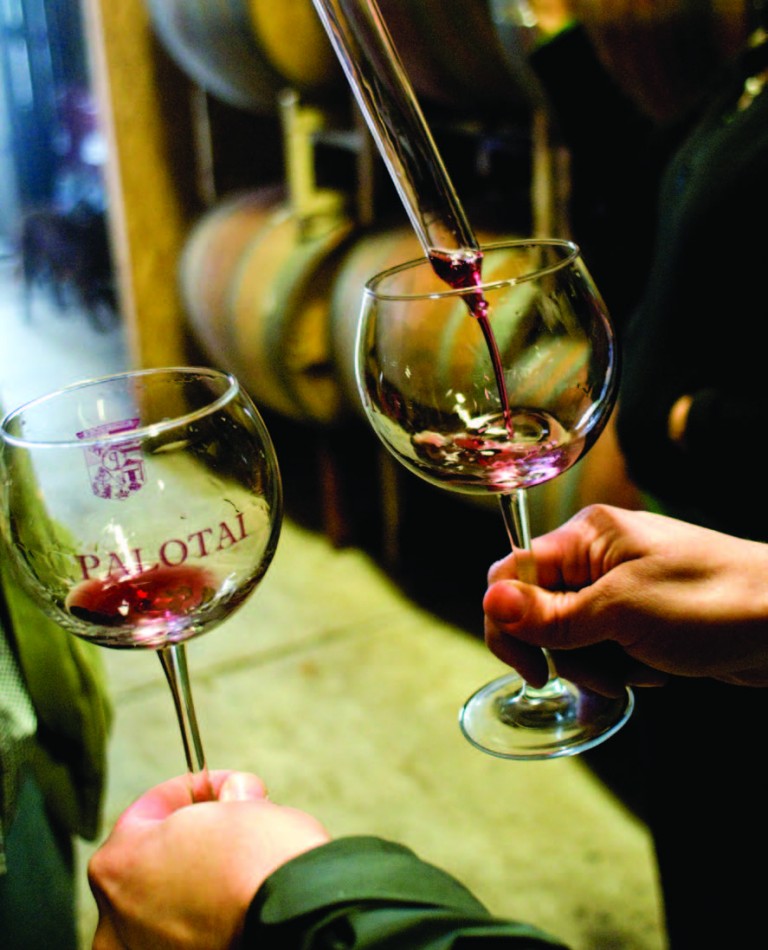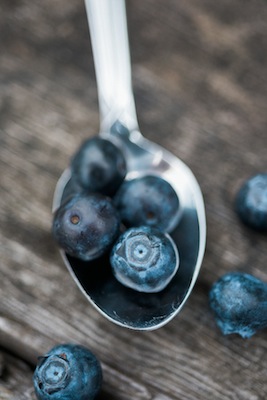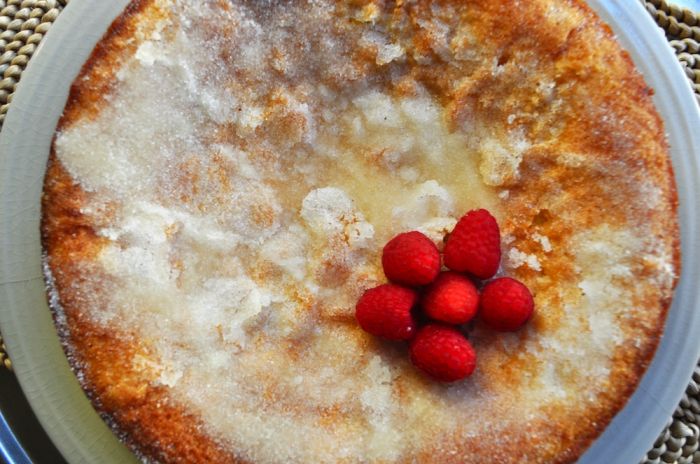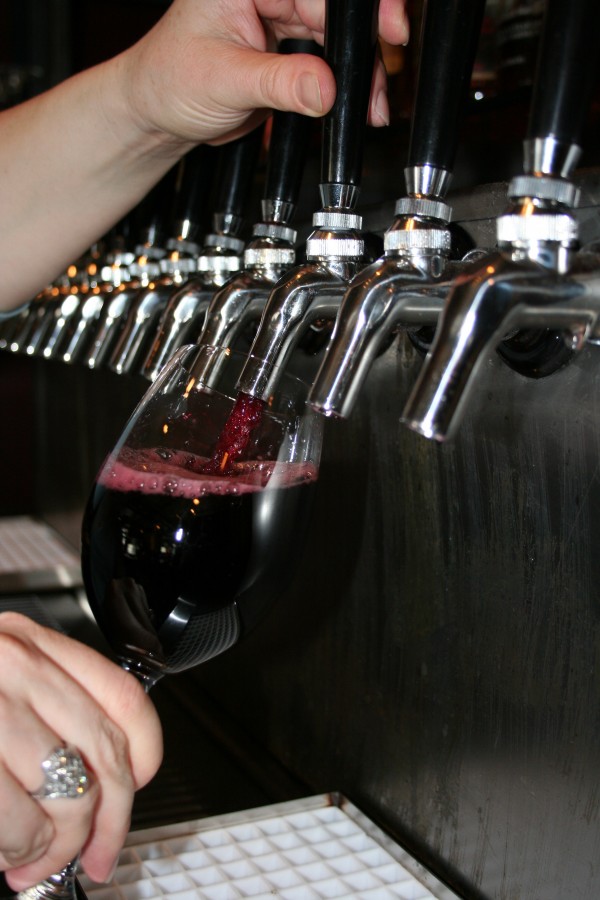With Mothers Day just around the corner, I would like to informally suggest a new tradition in gift giving. Instead of the usual bouquet of flowers that wilt too quickly or a plant that needs loads of care, why not celebrate the wife, mother, grandmother, surrogate mother, mother-in-law or god-mother in your life with a bottle of rosé wine. Or, better yet, a bouquet of rosés.
Not only does the ritual annual release of the year’s rosés coincide with Mothers Day, it also signals the end of the rainy, grey winter and brings the promise of blue skies, BBQs with friends, spring flowers and warm, sunny days. Here in Oregon, we love our rosés and the only people who love them more than those of us who drink them are the people who make them. Producers like Union Gap, Beckham, Apolloni and Van Duzer are dazzling us with elegant and wistful versions using the Willamette Valley’s favorite red grape, Pinot Noir. Southern Oregon producers are creating rosés from a bevy of varieties; Abecela with Grenache, A to Z Wineworks using Sangiovese and Quady North by way of Syrah.
These pretty pinks should not be confused with the other infamous wine of blush complexion, White Zinfandel—not that there is anything wrong with the sweet White Zin, of course. Rosés, however, are typically dry (without or mostly without sweetness). Though in recent years dry rosés have increased in popularity, they are not new to the world of wine. The French, mostly in the south, have been making rosé for centuries; commonly using Grenache, Syrah and Cinsaut grapes.
There are three main methods for rosé production:
1. Saignée: Berries are gently pressed and the juice is bled off the skins early before fermentation. Since the skins don’t have much time to impart their pigment into the juice (which is actually where red wine gets its color), the resulting liquid is pink.
2. Blending: A finished white is blended with a finished red to create a finished pink wine generally resulting in an inexpensive, thirst quenching beverage.
3. Grapes picked expressly for rosé production: This more expensive and time consuming method was once quite rare, but is now becoming more popular among winemakers. The process is well worth the extra effort, if you ask me.
It is the opinion of many wine enthusiasts in Oregon that one of the best rosé producers in the game is Jerry Murray, winemaker for Van Duzer. He played a pivotal role in bringing these lovely wines back into fashion in Oregon when he worked as winemaker at Paton Valley. His secret to success? “I believe the secret to a good rosé is intention. The best rosés, like the best of any wine, are the result of deliberate decision making. I don’t simply make a rosé, I farm rosé,” said Murray.
Not only are rosés great summer sippers, but they also pair very well with a variety of food such as grilled cedar plank salmon, pasta tossed with crab and olive oil, or a simple fresh salad out of your garden. I promise you won’t be disappointed.
Great Current Releases
2011 Apolloni, Pinot Noir/Viognier Rosé, Willamette Valley | $15
90% Pinot Noir and 10% Viognier are co-fermented to create this wine rich with summer fruit notes of watermelon, strawberry, white raspberry and red plum along with slight hints of rhubarb, ginger root, fresh herb, rose petal and lily of the valley.
2011 Abacela, Grenache Rosé, Umpqua Valley, Southern Oregon | $15
Slightly under-ripe cherry and other complex fruit characters weave together with notes of herbs and flowers. It shows bright acids balanced with a slightly viscous texture making this an evocative, easy to drink (maybe too easy) yet still complex wine.
2011 Van Duzer Rose, Pinot Noir Rosé, Willamette Valley | $16
Rhubarb, graham cracker, white cherry, peach, pink flowers, honeysuckle blossom and tart strawberries, with a touch of toasted hazelnut. Mouth quenching acids that will make this wine great with food but not so tart you can’t sip it without edible accompaniment.
2011 A to Z, Sangiovese Rosé, Southern Oregon | $10
Always one of my favorite summer drinks. Refreshing and palate satisfying with characters of watermelon, ripe strawberries, fresh herbs, hibiscus nectar, pomegranate and candied ginger.
2011 Quady North, Syrah Rosé, Rouge Valley, Southern Oregon | $13.50
Red plum, grilled watermelon and papaya laced with note of hibiscus, cinnamon candies and a touch of vanilla. Great texture on the palate with a playful acids and a long lingering finish, a pleasure giver both to behold and to taste.
2011 Beckham Estate Vineyard, Pinot Noir Rosé, Chehalem Mountains | $16
Light and ethereal coming to us in waves of watermelon, lime, cherry, lemon zest, pomegranate seed, rhubarb, cherry blossom and guava with a good acid backbone and a lingering finish.
2011 Utopia, Pinot Noir Rosé, The Utopia Vineyard, Ribbon Ridge | $18
I wouldn’t want to run into this rosé in a dark alley. Complex, muscular and brooding for a rosé it’s more red than pink but comes to life in the glass with notes of fresh cranberry, bing-cherry, raspberry, red apple skin, cola nut, tarragon, roses and a hint of cinnamon bark come together.








